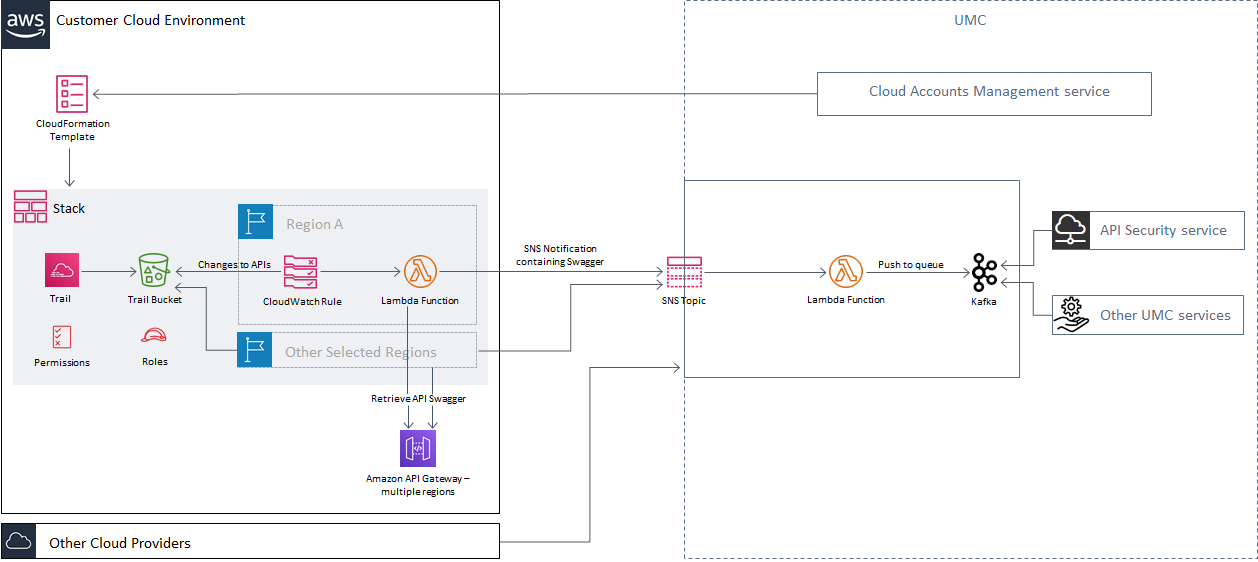

Rather than invoking specific services, clients simply connect to the API gateway. API gateways encapsulate the internal structure of an app, streamlining communication between client and API. Here, API gateways can stop attacks before they affect the entire network, providing uniform and consistent protection for multiple APIs. In F5’s updated 2022 State of Application Strategy Report, we see API gateways performing best on or near the edge.

40% are moving to public cloud (lifting and shifting) without modernizingĪs organizations grow, they can mitigate API risks by adopting an API gateway.47% are refactoring (modifying application code itself).51% are adding modern application components (for example, Kubernetes).58% are adding a layer of APIs to enable modern user interfaces.As API usage grows, so does the need for API gateways.Īccording to F5’s 2021 State of Application Strategy Report, organizations are using various methods to modernize, and APIs top these modernization efforts: APIs are vulnerable attack targets, exposing application logic and sensitive data to other apps or third parties. But the popularity of APIs for application modernization has significant implications for app security. Speed is necessary to stay competitive and APIs sit at the front of these rapid modernization efforts.

As monoliths move to microservices, applications are developed faster than ever.


 0 kommentar(er)
0 kommentar(er)
